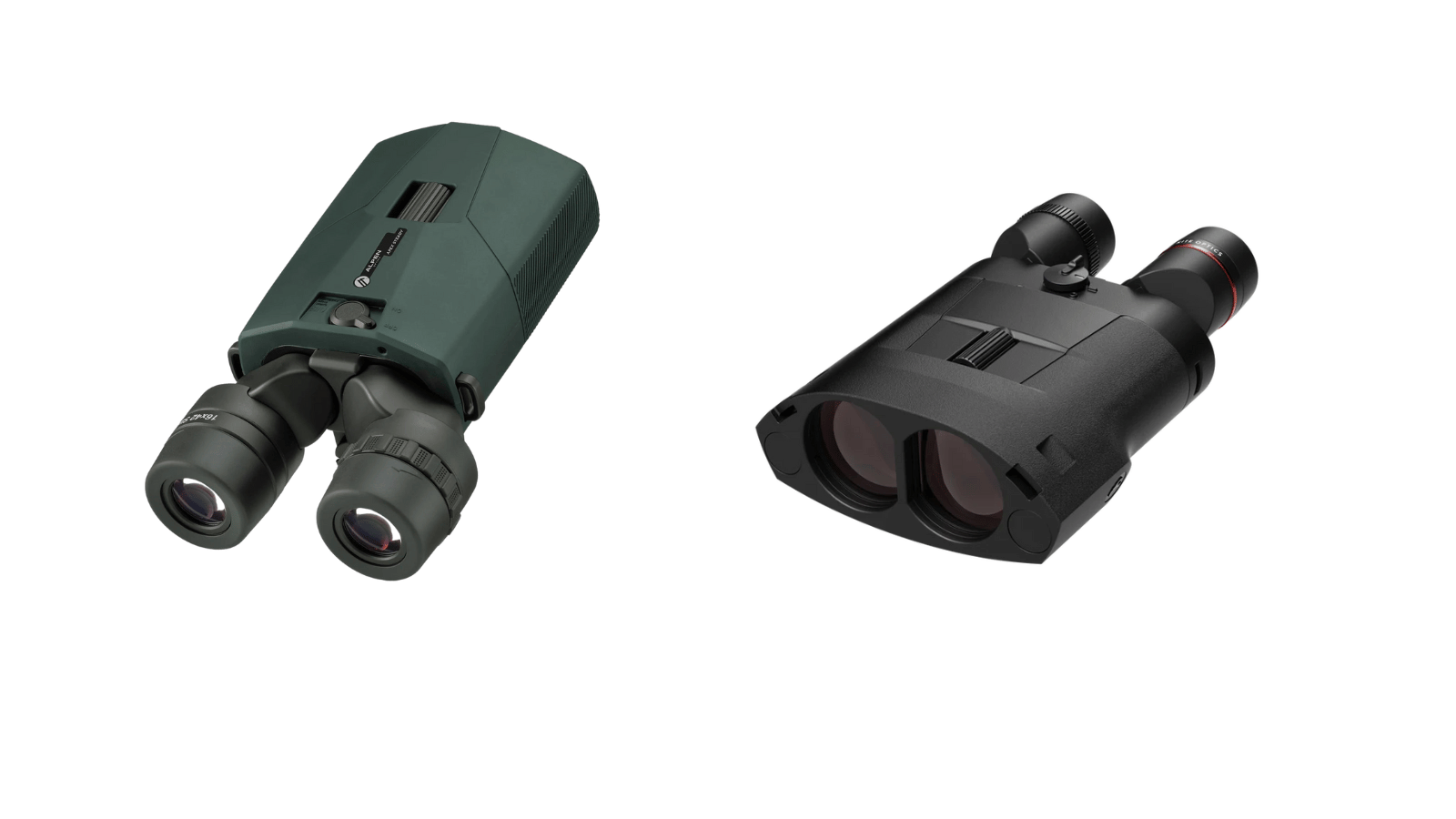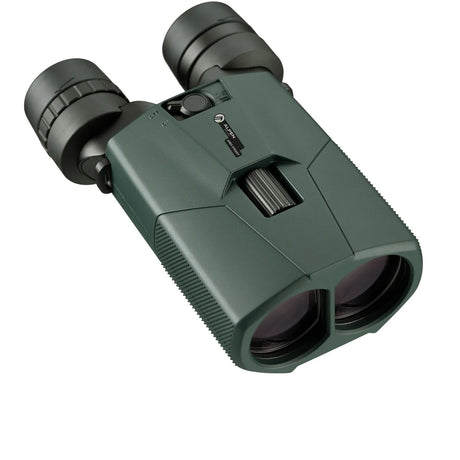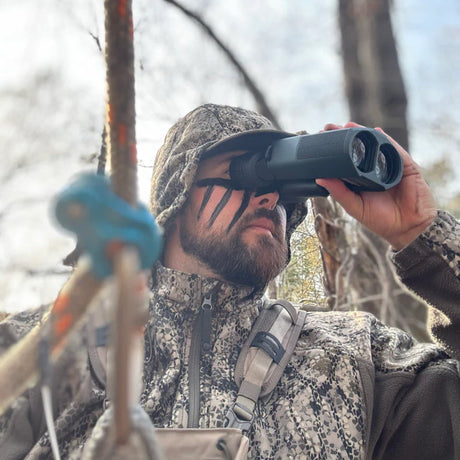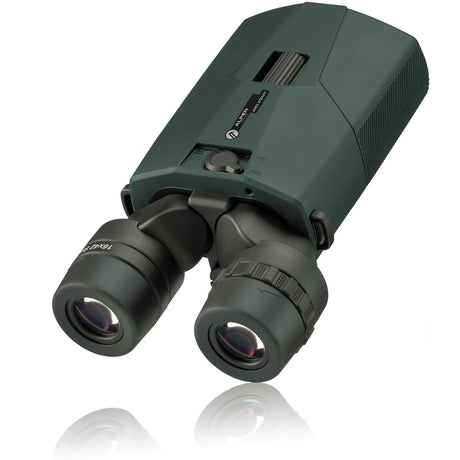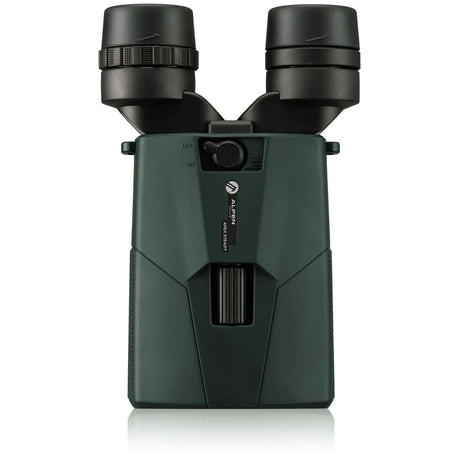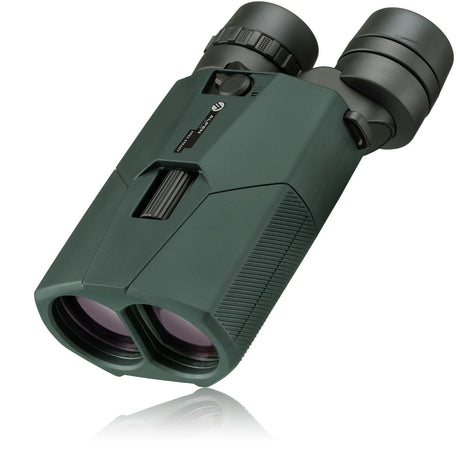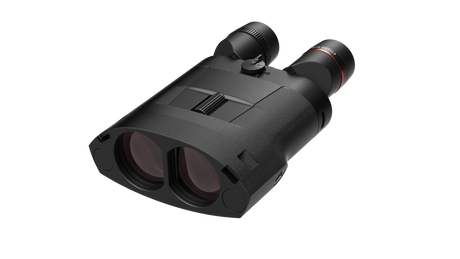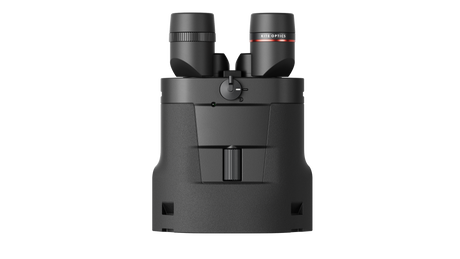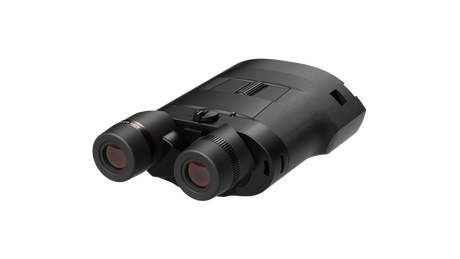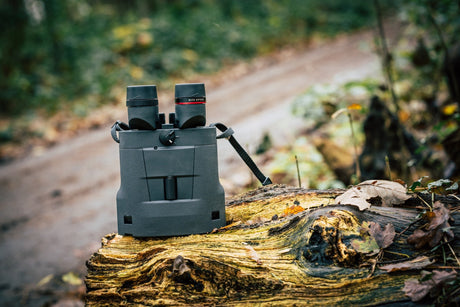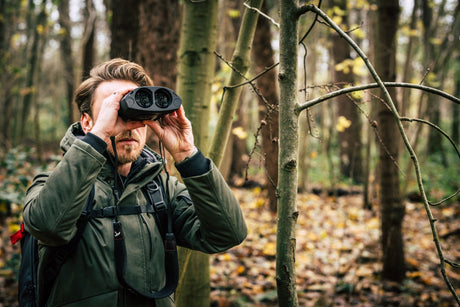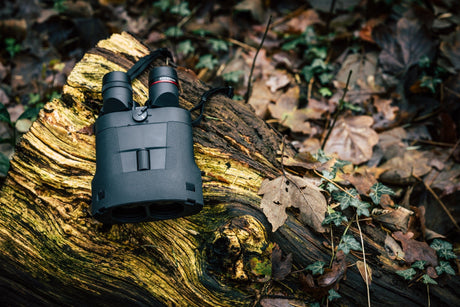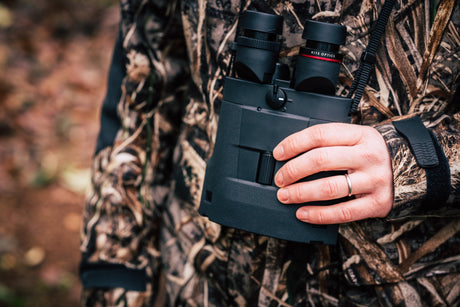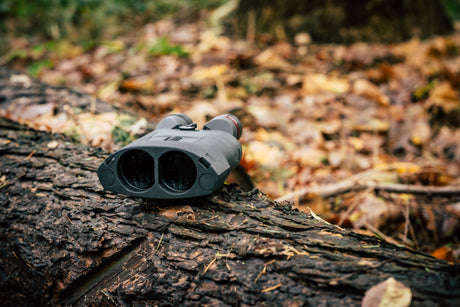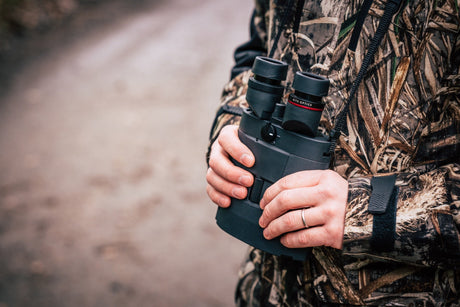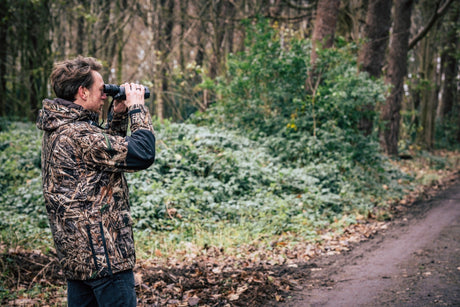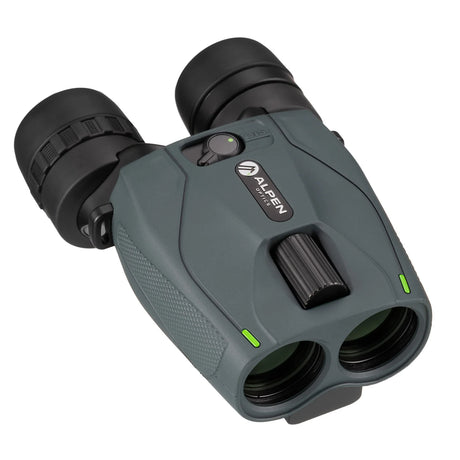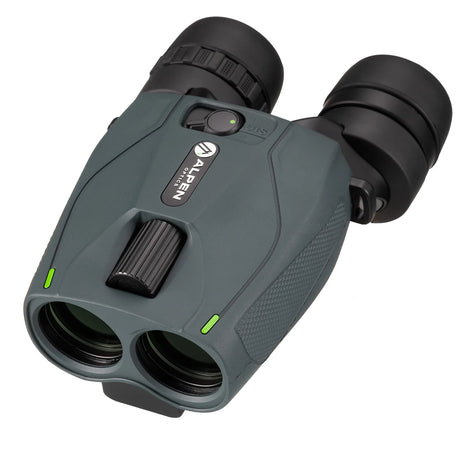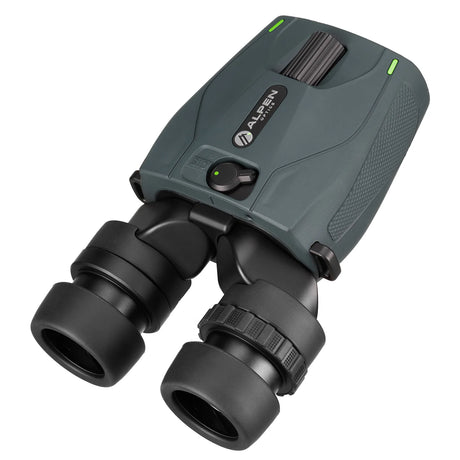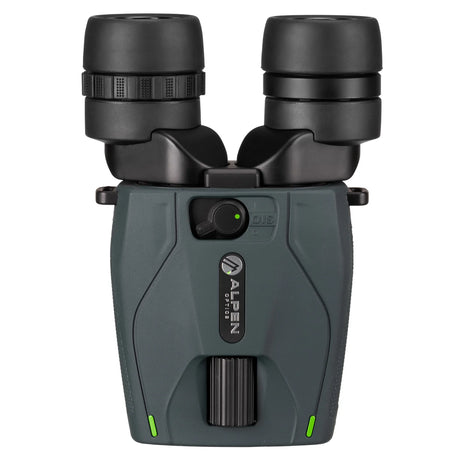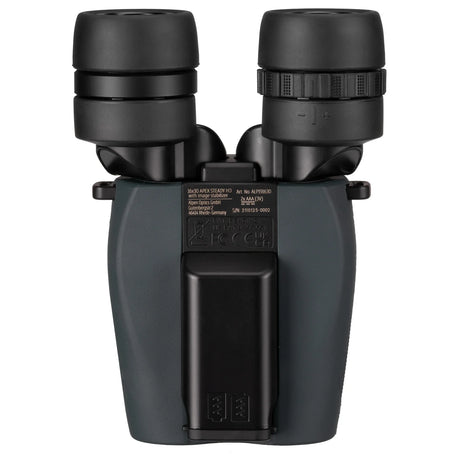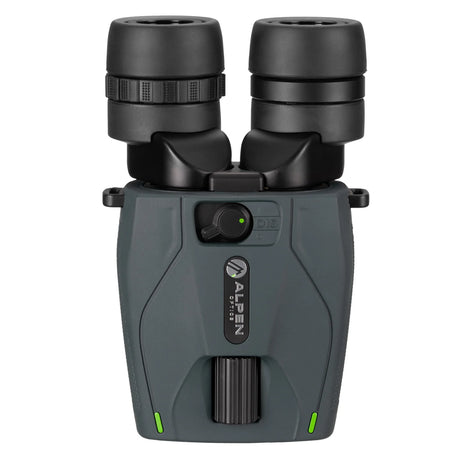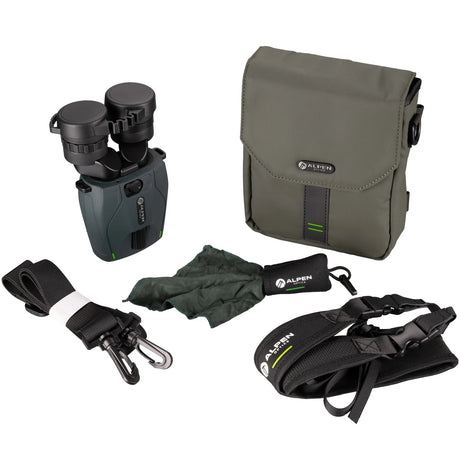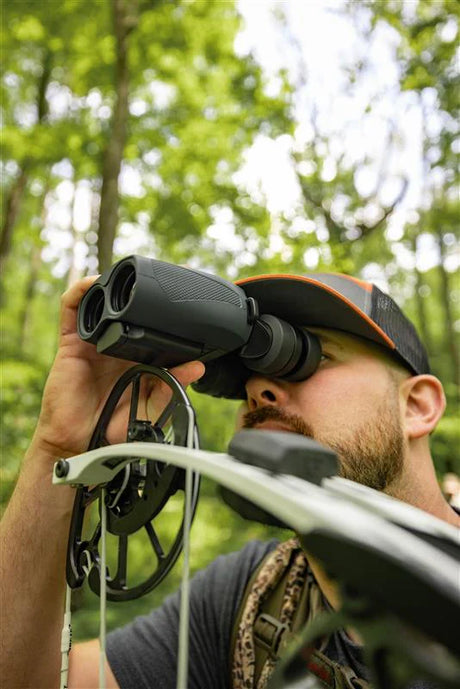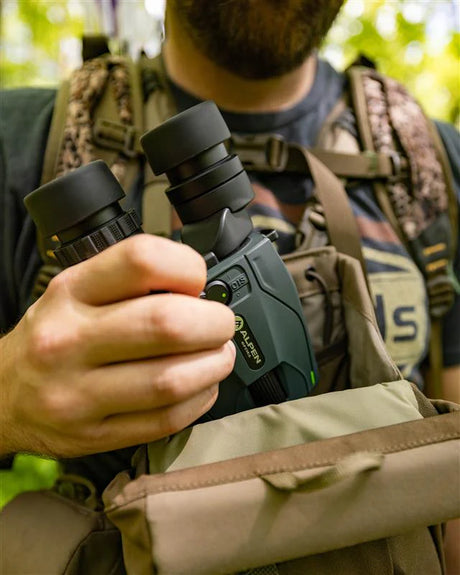You’re tracking a hawk across the sky. It’s fast and far, and just when you finally lock on—it’s gone. Your binoculars jumped with your pulse. Classic.
If you’ve been here, you already know what we’re talking about. Shaky views ruin good glassing. That’s why image-stabilized binoculars exist. They fix the shake—but at a cost. So, is it worth paying more to stop the wobble?
Let’s break it down.
What Makes Stabilized Binoculars Different?
Real tech under the hood
These aren’t your basic budget optics. Stabilized binoculars have internal gyros or motion sensors that sense your hand movement and cancel it out in real time. Some models shift lenses physically (optical stabilization). Others adjust the image using sensors and prisms (digital stabilization).
Quick tip: Optical stabilization tends to be smoother and more responsive, especially at higher magnification. Digital systems can lag slightly but work well at lower zoom levels
Why the price jump?
You’re paying for:
- Extra hardware (motors, sensors, controls)
- Better glass (multicoated lenses, high-res image quality)
- Rugged builds (waterproof, fogproof, often shock-resistant)
- Long battery life (most run 10–25 hours on AAs)
You’re not just buying binoculars. You’re buying clarity, comfort, and control—built for people who take their time in the field seriously.
Who Really Needs Them?
If this is you, they’re probably worth it:
- You bird at high magnification, often on the move.
- You scan from a boat, 4×4, or rugged hillside.
- You’ve got shaky hands and hate missing the moment.
If this sounds more like you, maybe not:
- You mostly watch from a porch or fixed lookout.
- You use 8× binos under calm conditions.
- You’re not using them enough to justify the spend.
Can a Tripod Do the Same Thing?
Sort of—but not really.
Tripods stabilize, sure. But they’re slow to set up, a pain to carry, and useless if you’re walking, boating, or reacting quickly. Stabilized binoculars? They're ready the second you lift them.
Think of them like a tripod in your hands—without the setup or bulk.
What It’s Like in the Field
Here’s where they earn their keep:
- Birding in wind at 12×: the bird stays sharp, even when your arms don’t.
- Boating in chop: you can scan buoys and birds like you’re standing still.
- Hunting at dawn from a ridge: no drift, no wobble, even after 10 minutes on target.
- Stargazing or nighttime scanning: you’ll actually see detail—no blur from micro shakes.
What You’re Paying For (Besides Just Optics)
Key features
- Built-in stabilization—smooths out hand shake and motion.
- Top-tier optics—clear, bright, color-true.
- Weatherproof builds—fog, rain, bumps? No problem.
- Long battery life—reliable in real conditions.
Extra value
- Less eye and arm strain on long sessions.
- Faster target lock-on. No more refocusing after every twitch.
- No tripod or extra gear to haul around.
Stabilized vs. Regular Binoculars: Plain and Simple
| Feature | Stabilized Binos | Regular Binos |
|---|---|---|
| Clarity in motion | ✅ Locked and smooth | ❌ Shaky at 10×+ |
| Portability | ✅ All-in-one | ✅ Light but often incomplete |
| Tripod needed? | ❌ Nope | ✅ Usually, for long sessions |
| Price | ❌ Higher upfront | ✅ Budget-friendly |
| Best for | Dynamic, serious field use | Casual or stationary use |
Common Misconceptions About Stabilized Binoculars
- “They’re too heavy.” Most models weigh 600–900g—comparable to mid-sized binoculars with similar specs.
- “They burn through batteries.” Most last 10–25 hours on AAs—more than enough for multi-day outings.
- “They’re just for pros.” Many casual users with hand shake or limited gear space see the biggest gains.
Still Not Sure? Ask Yourself This
Quick gut check:
- Do I often glass in motion or zoomed in?
- Do shaky views frustrate me?
- Would skipping the tripod improve my outings?
If yes, you’re probably the exact person stabilized binoculars were made for.
Pro Insight
Wearing glasses? Look for eye relief of at least 15mm. Anything less and you’ll struggle to get the full view without ditching your glasses mid-session.
A Note on Price vs. Use
Let’s say you spend $1,000. Use them 100 times? That’s $10 per session—for better views, fewer missed shots, and less strain. And you skip the tripod entirely.
That math checks out for serious use—especially if clarity, speed, and comfort matter to you in the field.
Final Verdict: Yes, If You Take This Seriously
If you’re serious about your time in the field—birding, boating, hunting, or travel—then yes, stabilized binoculars are absolutely worth the price. They’re not just a tool upgrade. They make the whole experience better.
If you’re casual or just getting started, standard binos will get the job done. But the second shake starts messing with your view? You’ll wish you had them.
Ready to Upgrade?
We’ve got stabilized binoculars for birders, mariners, hikers, and more.
Check out some top picks:

